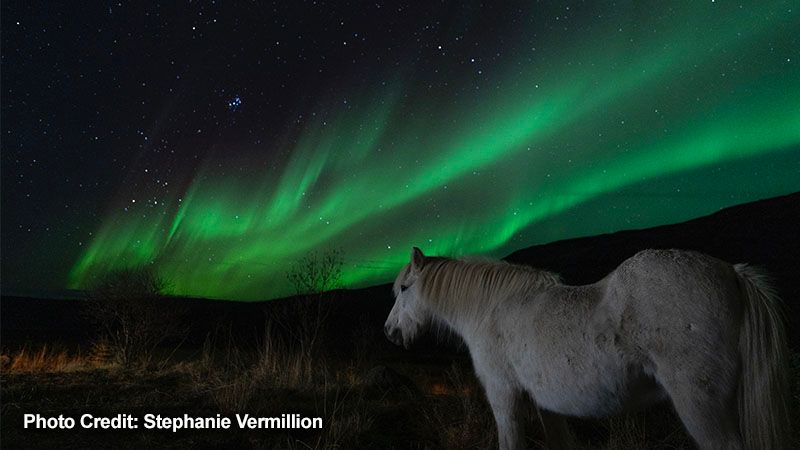|
Before we dive into destinations, let’s talk about aurora-hunting logistics. Spotting the lights requires dark skies far from light-polluted cities, minimal clouds, a wide view of the sky, nighttime darkness (critical given high latitudes experience nearly endless sunlight in the summer) and, most importantly, a strong solar storm.
Lights chasers measure the latter via the Kp-index, which estimates geomagnetic activity and runs on a scale of Kp 0 to Kp 9. According to Space Weather Live, my go-to app for aurora monitoring, Kp 0 correlates with little geomagnetic activity (and therefore few, if any, auroras). Kp 9 means get outside now.
Scientists are still in the early stages of monitoring and improving the accuracy of space weather reporting. That means Kp predictions are just that: predictions. My real-time monitoring hack: my iPhone 11 Pro camera. It takes our eyes around 30 minutes to adjust to the dark, but DSLR, mirrorless, and even the latest iPhone cameras are sensitive enough to pick up the green glow of auroras right away. If I see it on my phone, even faintly, I know it’s time to set up my professional cameras, grab my hot cocoa, and wait.
The final aurora-hunting necessity: a polar destination. The aurora reactions spark near Earth’s magnetic poles. The closer you are to them, the better your chances. In the Northern Hemisphere, this includes places like Alaska, Norway, Finland and Iceland. The latter has long been my go-to for its ease of lights chasing. “We have a lot of open spaces with dark skies in Iceland with no light pollution,” says Eyrún Aníta Gylfadóttir, marketing manager at Hotel Rangá, an aurora-centered property in south Iceland with an onsite observatory and professional astronomers.
You can see the aurora australis near the south pole. Antarctica is the most consistent spot for southern lights sightings; of course, getting there for winter’s darkness is near impossible. During strong solar storms, the southern lights may also dance above destinations like Rakiura/ Stewart Island, New Zealand; Tasmania, Australia; and Ushuaia, Argentina.
|
